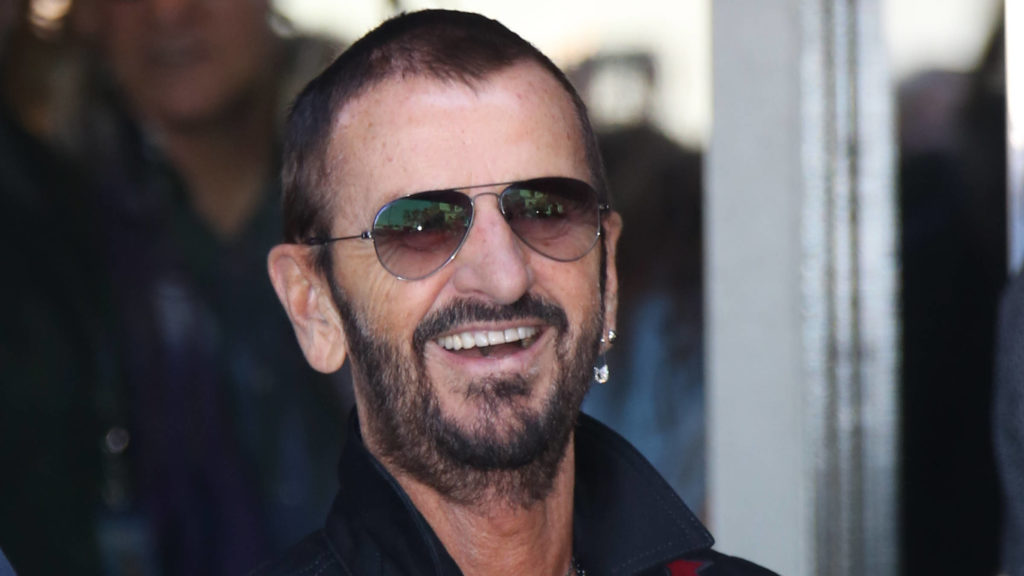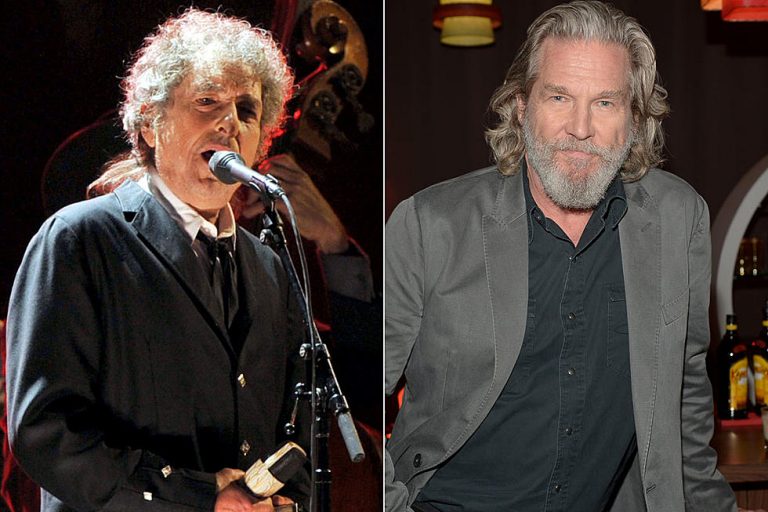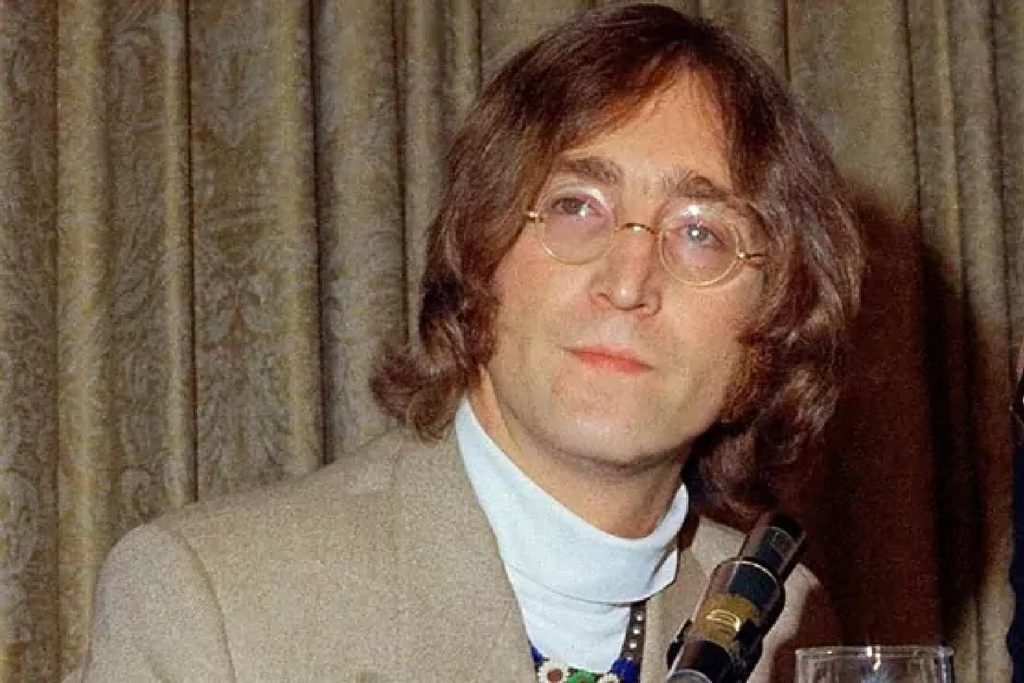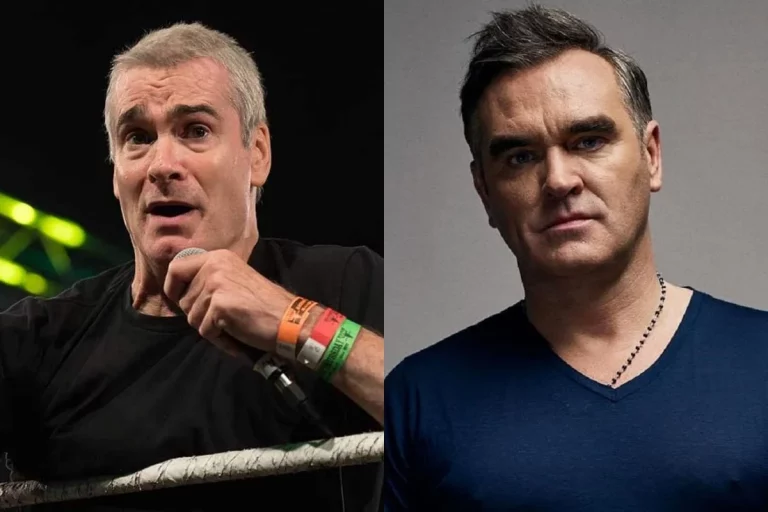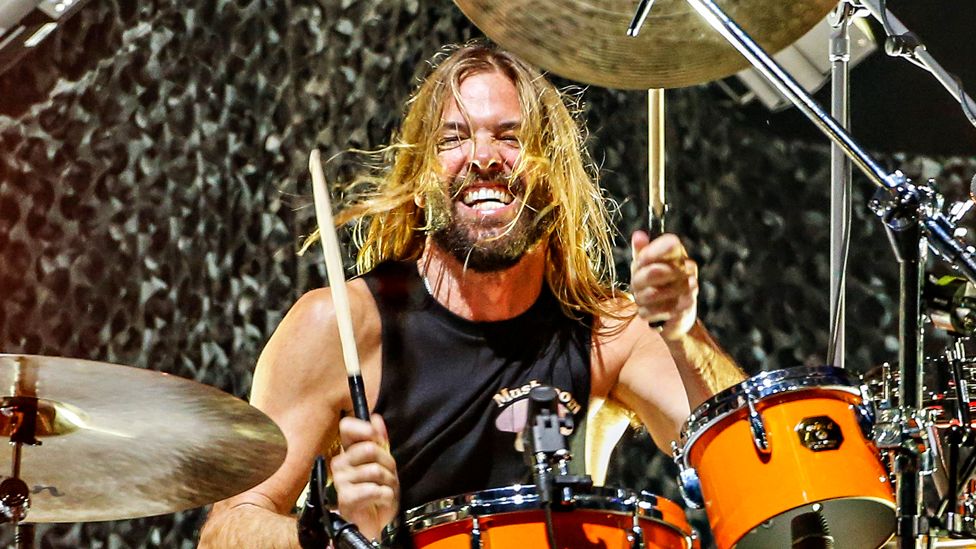Once upon a musical journey, a remarkable transformation awaited Ringo Starr, forever changing his life.
This tale revolves around The Beatles, where success and influence surpassed even his wildest dreams.
With Ringo joining the band, a missing puzzle piece fell into place, setting the stage for their unparalleled achievements in the music industry.
A Chance Encounter in Hamburg
Before officially becoming part of The Beatles, Ringo Starr was already known in the Merseyside music scene through his band, Rory Storm and The Hurricanes.
Their paths collided with The Beatles during performances in Hamburg, a pivotal moment where both bands were put to the test. The Beatles recognized Ringo’s exceptional drumming skills during these encounters.
The Transition: From Rory Storm to The Beatles
As The Beatles faced turmoil with their previous drummer, Pete Best, Brian Epstein invited Ringo Starr to join them for a performance at The Cavern in Liverpool.
Given their prior connection and Ringo’s impressive talent, it was an obvious decision to bring him on board. Soon after, Ringo entered the studio with the band to record his first song, ‘Love Me Do.’
‘Love Me Do’: A Turning Point
For Ringo Starr, ‘Love Me Do’ holds a special place in his heart as the most defining song of his career. It became The Beatles’ first hit, marking the beginning of their journey to stardom.
While it didn’t top the UK charts, the song laid the foundation for their future success. Ringo recalls the significance of ‘Love Me Do’:
“‘Love Me Do’ was our first song, and it means a lot to me. We made a record and had it on vinyl. It’s true; when I arrived at the studio, George Martin had a session drummer, Andy White, ready, but I played on it anyway.
So, Andy’s on the album, and I’m on the single – quite an interesting twist.”
Magical Moments and Unexpected Changes
Recording ‘Love Me Do’ was a magical experience for The Beatles. Ringo fondly remembers the excitement of hearing their song on the radio and being featured on a vinyl record.
Despite the different drummers on the album and single versions, the essence of the recording remained intact.
Ringo treasures the organic nature of the ‘Love Me Do’ arrangement, a result of the band’s natural musicality and shared passion for their craft.
The Connection with George Martin
Ringo Starr cherishes the moments shared with the legendary producer George Martin, who initially wasn’t aware of the drummer change during the ‘Love Me Do’ recording.
Despite that, the authenticity and energy captured in the first recording remained unmatched. The song stands as a testament to The Beatles’ artistry, captivating audiences with their heartfelt music, and it embodies their early days as aspiring musicians, pouring their souls into every melody.
In the tapestry of musical history, Ringo Starr’s journey with The Beatles shines as a unique and unforgettable thread.
It’s a story of fate, talent, and the magic of connection, forever entwined in the heartwarming symphony they created together.

